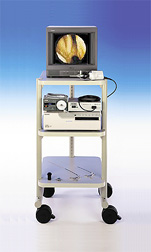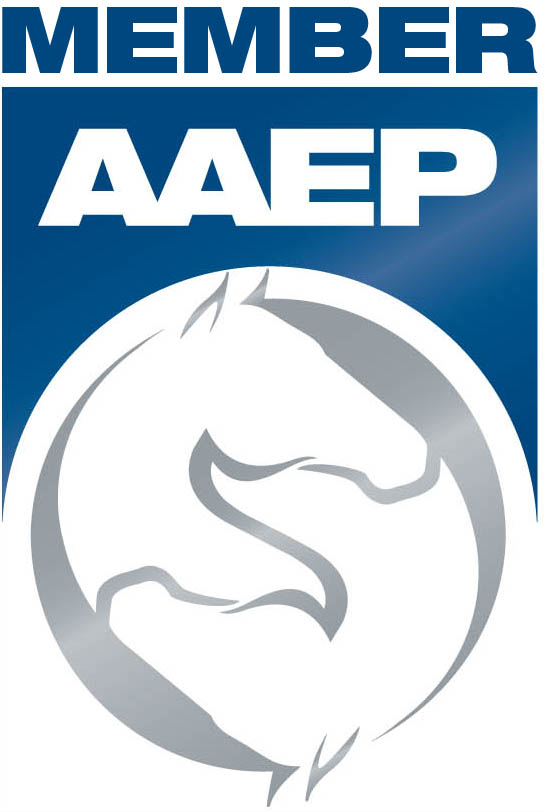
An endoscope is an instrument that allows the veterinarian to see inside various areas of the horse’s body to visualize the anatomy, to make a diagnosis, and to guide treatment. Samples of fluid, cells or tissue can be obtained through the endoscope to provide a more specific diagnosis.
In equine medicine, endoscopy is most commonly used to visualize the upper airway, which includes the back of the throat (pharynx), voice box (larynx), guttural pouches and windpipe (trachea), and the lower airway (lung). The esophagus, stomach, and first part of the small intestine (duodenum) can be visualized using an extra-long endoscope called a gastroscope. Endoscopy can also be used to evaluate the urethra, bladder, and uterus.
For most endoscopic evaluations, the horse is lightly sedated. However, in certain situations, such as evaluating the movement of parts of the voice box, the procedure may be performed without sedation.
There are three types of endoscopes available for veterinary use:
- Fibreoptic endoscope – A long tube containing optical fibres that transmit light from a light source to the end with a lens. The anatomy is viewed through an eyepiece.
- Video endoscope – A long tube with a camera at one end. The image is relayed to a monitor for viewing.
- Dynamic endoscope – The tube with a camera on one end is inserted up one nostril to view the upper airway while the horse is moving. The image is relayed to a memory card on the head halter or back pad and may be transmitted in real time to a hand-held unit.
If you have any questions about our endoscopy service or what to expect during your horse’s procedure, please don’t hesitate to ask.


